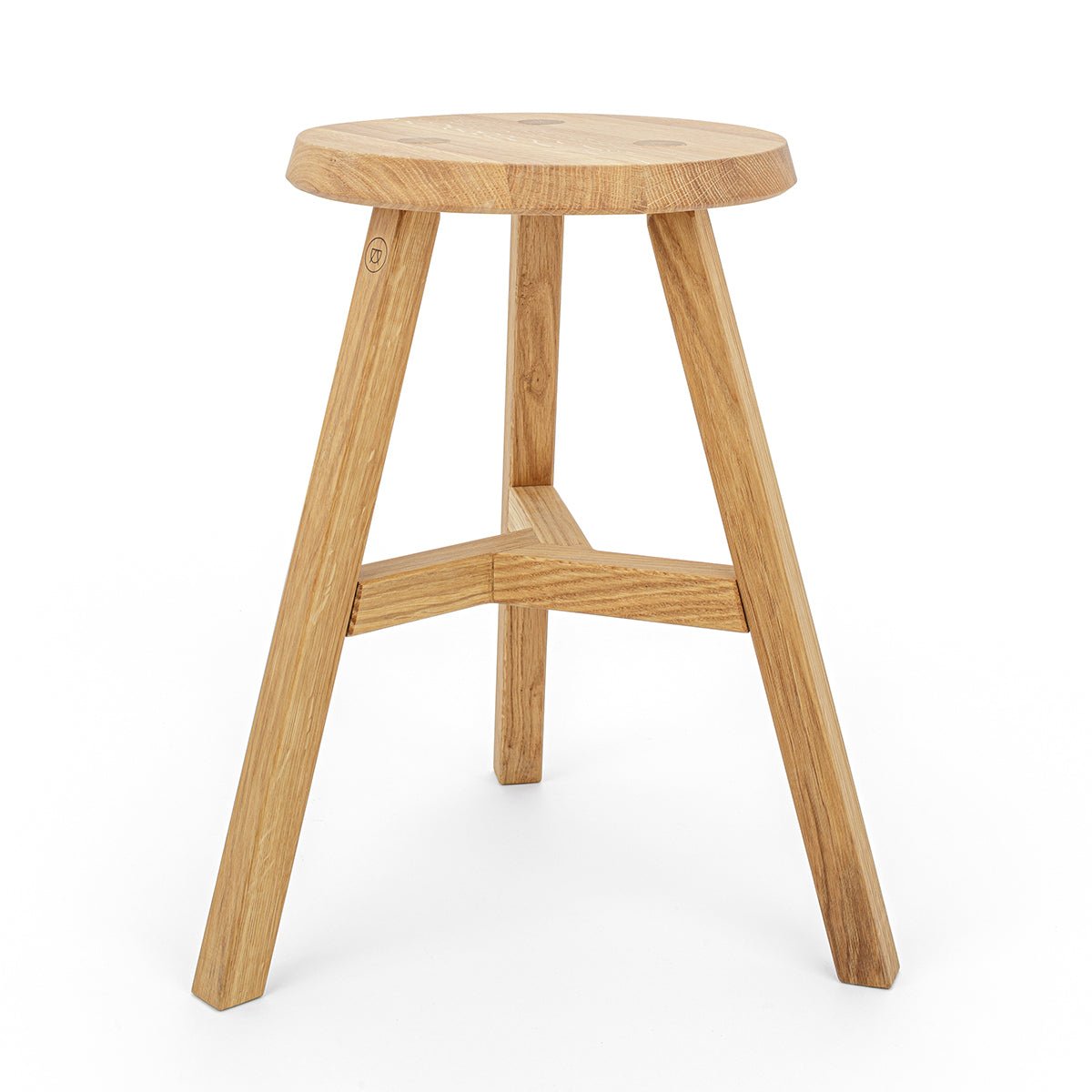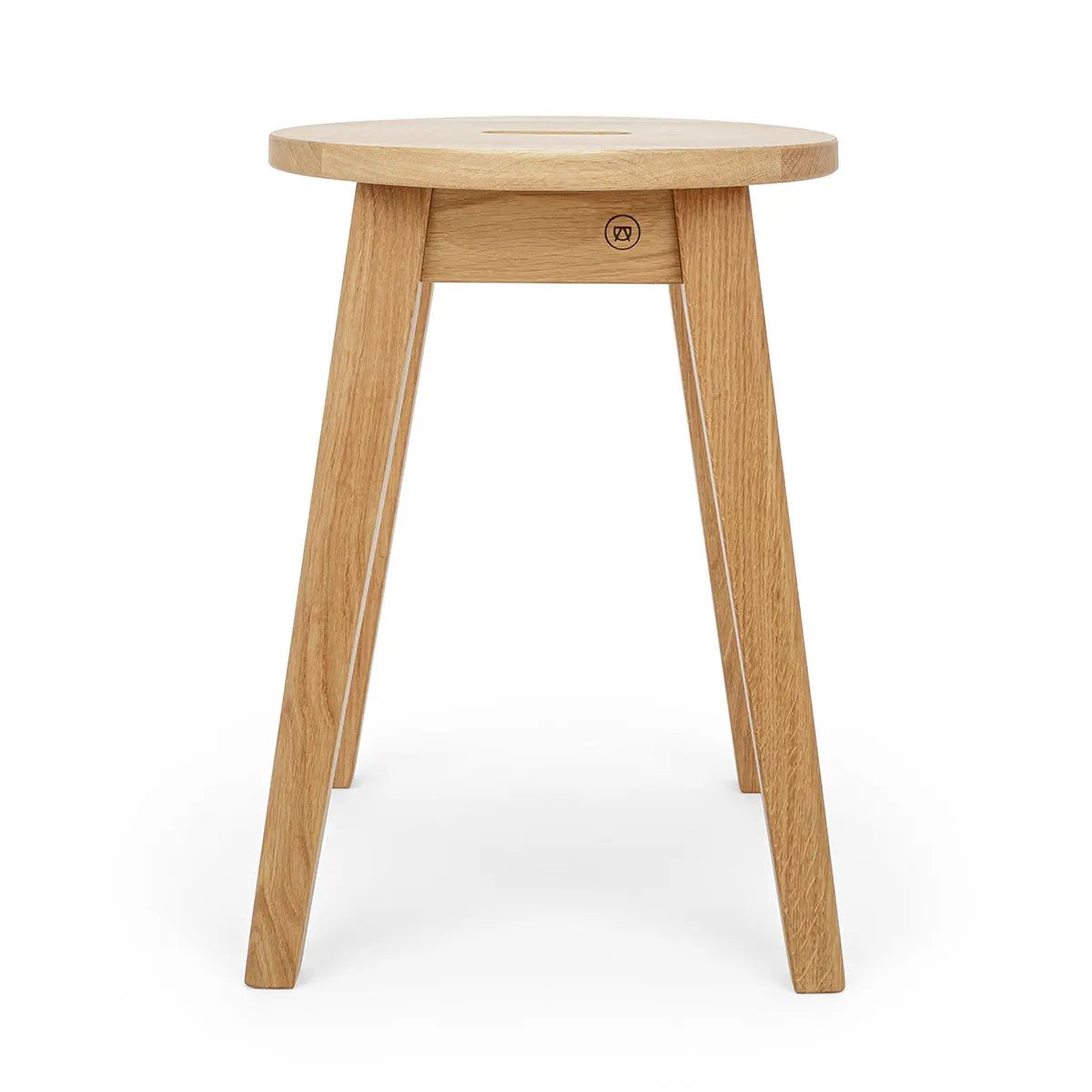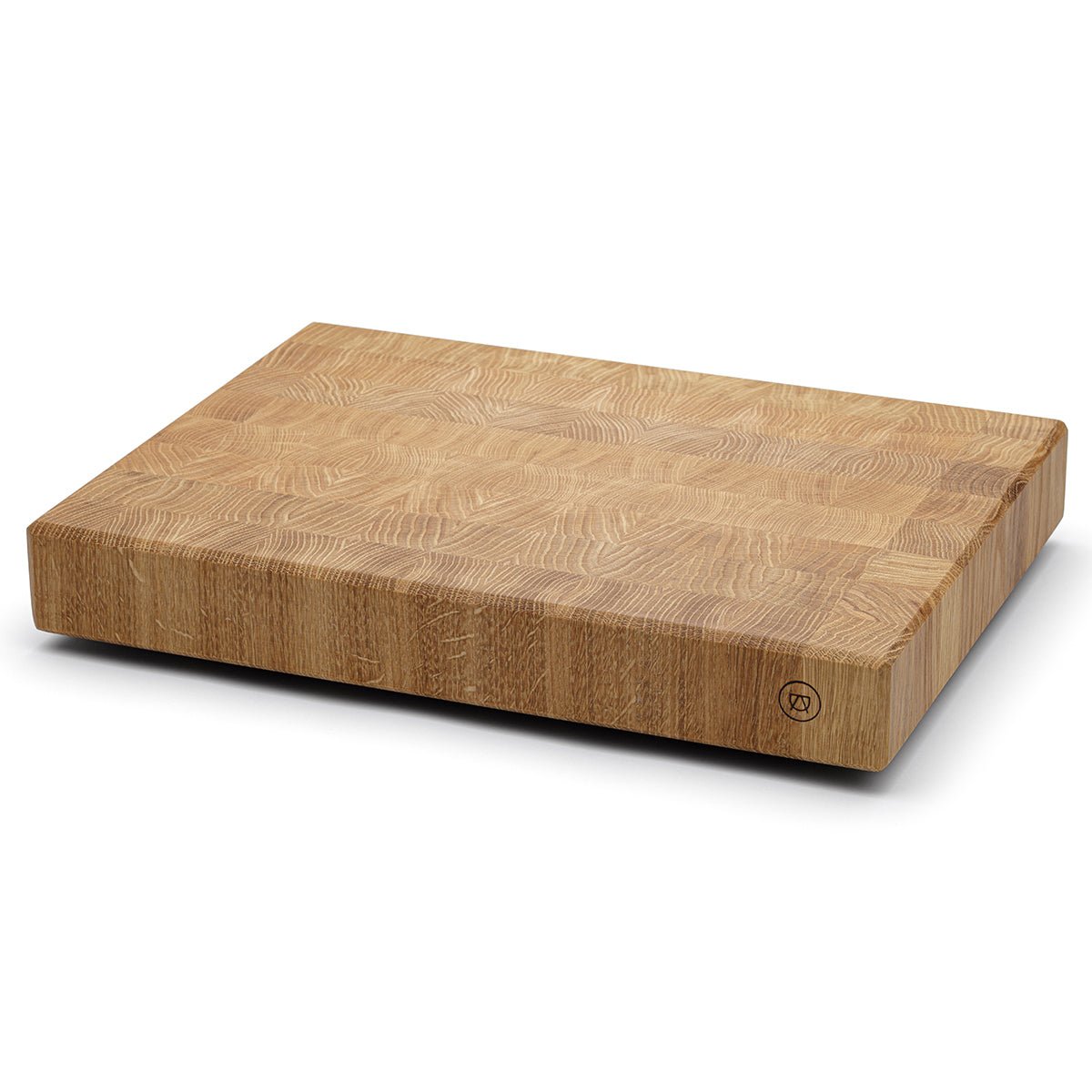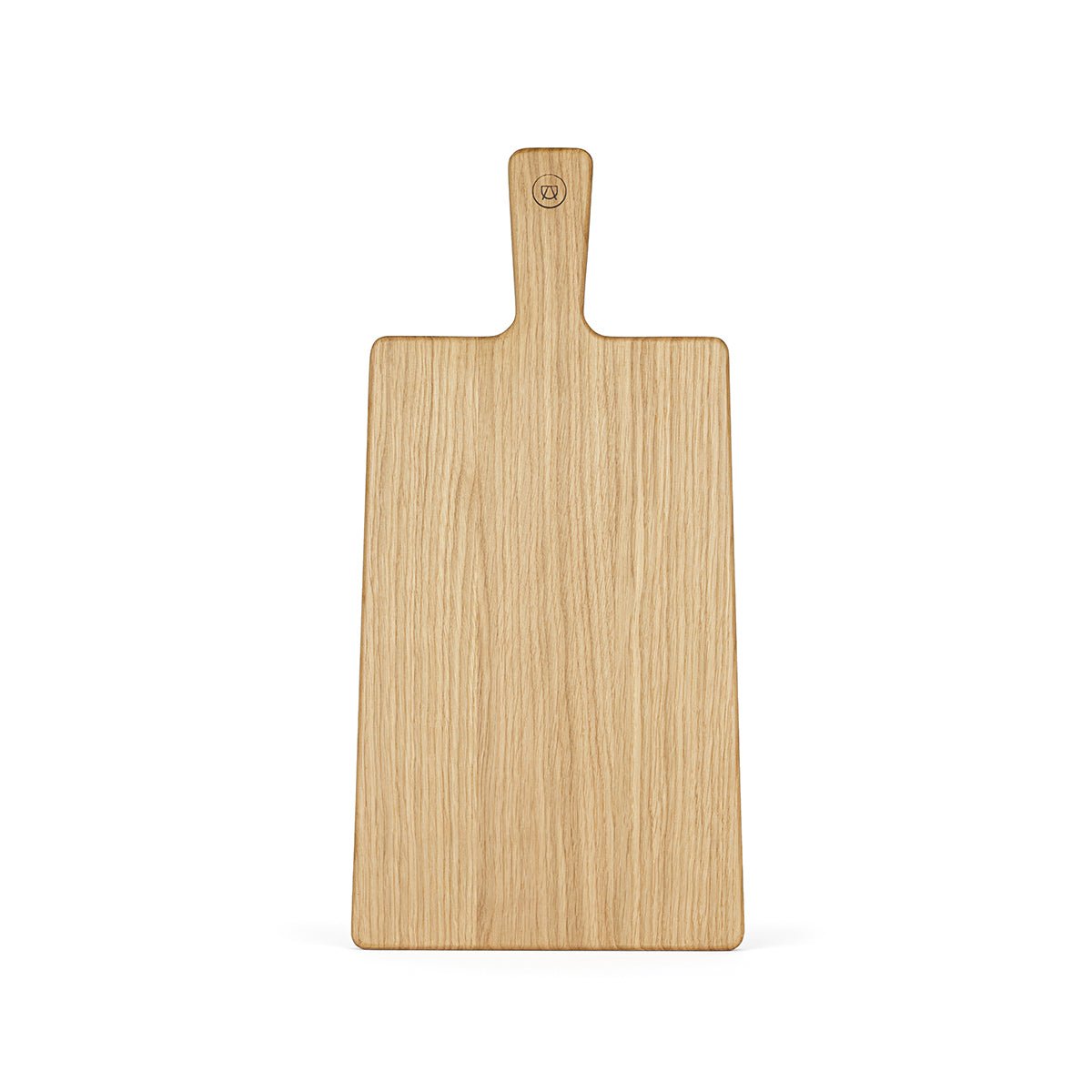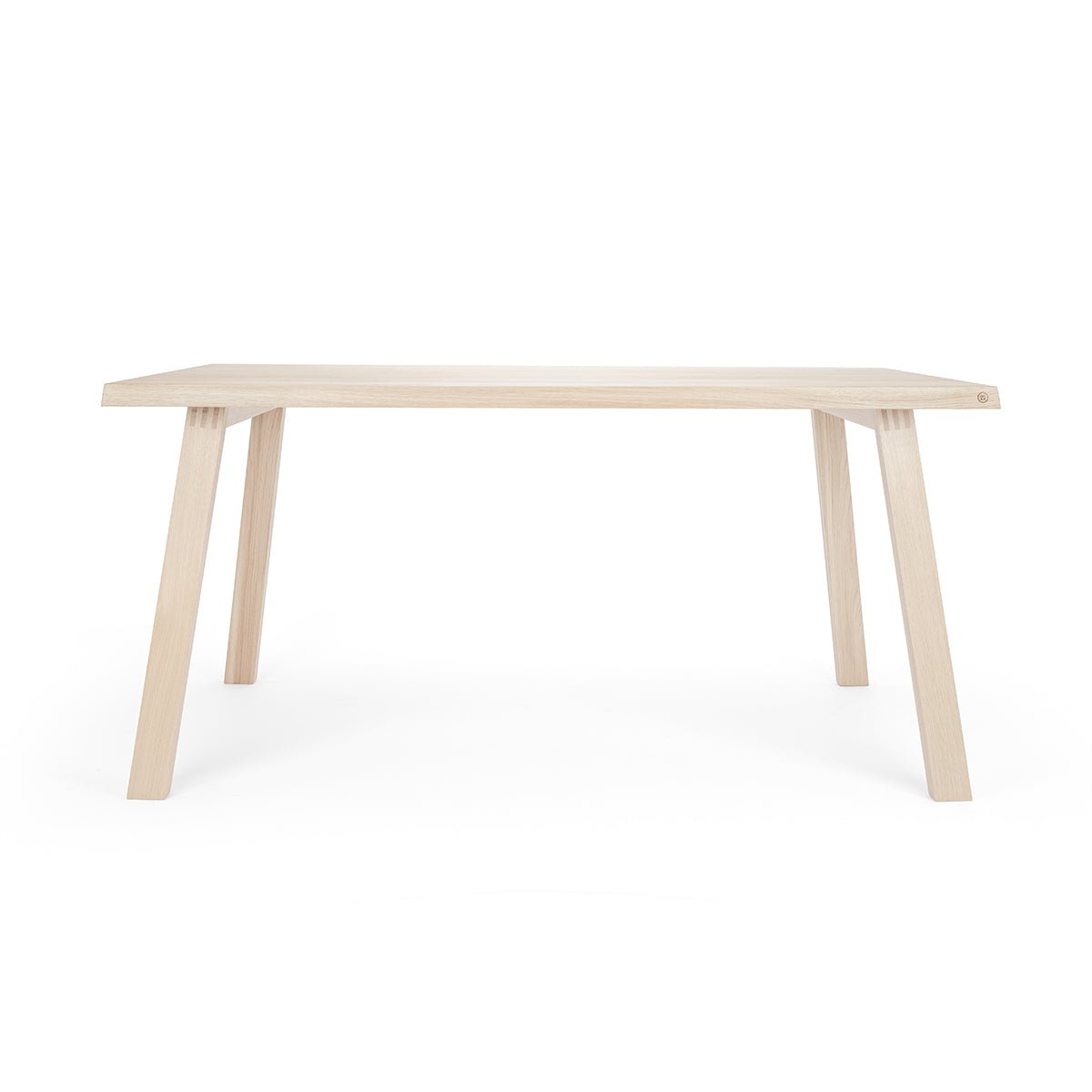- Startseite
- Blogs
- Dictionary
- veneer
veneer
Veneer or solid wood? For many this is a question of “appearance or reality”. Hardly any other term harbors so many misunderstandings in furniture making.
Veneer is not just plastic with a wood look. There is also veneer made from real wood. And veneer is used to coat both low-quality chipboard and solid wood panels. On the other hand, there is a handcrafted one Solid wood furniture : robust, elegant and made to last almost forever.
Veneer is an “economy version” of solid wood
The word “veneer” comes from the French verb “fournir” and means “to cover”. Tree trunks are cut into fine leaves, sometimes only 0.5 mm thick. The furniture maker uses a veneer press to glue them onto panels. The edges are covered with so-called edging: narrow strips of veneer wood.
High-quality veneer comes from precious woods. Fruit woods such as serviceberries are suitable as they are difficult to produce due to their small trunk thickness Solid wood tables serves. Is very popular Oak wood as a veneer: but more as a “savings version” because oak is ideal for making solid wood furniture. Or mahogany, that as Tropical wood is only available to a limited extent. This market is now strictly controlled in Europe. Although tropical woods today mostly come from old stocks, you still have to ask yourself whether you want to equip your dining room with a protected type of wood.
A veneered dining table is more delicate than one made of solid wood
A table top can be veneered and have interesting optical facets - on the one hand. On the other hand: a veneered dining table has disadvantages. Highly sensitive to moisture - in the worst case, the veneer can curl or peel off. An oiled one Solid wood table made of wood on the other hand, it might get stains. However, it can always be sanded down. To be re-oiled or painted. If a veneered dining table has scratches or dents, the limits of reconditioning can quickly be reached: a layer of veneer is usually too thin to sand down.
For large panels, the use of veneer makes sense
Nevertheless: The use of veneer is justified in some areas. Anyone who orders a modern kitchen with large fronts from a carpenter can hardly avoid multi-layer panels, as large solid wood surfaces tend to warp . Or when it comes to musical instruments: the rustic Styrian harmonicas with their beautiful look in sycamore maple or walnut - they all have a plywood case at their heart. A solid wood box would quickly deteriorate from musical work with humid air and mechanical stress and would lose its shape. Or - made with thick walls - give the musician huge back pain due to the weight. But solid wood has proven itself for everyday living use.
Veneered furniture is difficult to maintain
By the way, veneer is not a modern invention. Before the cheap furniture stores tried to fool us into discount living culture with imitations of fine wood, the carpenters of the 19th century had already created high-quality furniture using veneers: depending on the type of wood the customer wanted. Such pieces of furniture are difficult to restore today because it is difficult to find suitable veneer. Antique solid wood furniture, on the other hand, is made of the same wood right down to the core.
Ultimately, the use of veneer - no matter how noble the wood used for it may be - was and is always a bit of a deception. Like the stucco marble of the Renaissance, which pretended to be marble - and yet was just plaster. A Piece of furniture made from solid wood On the other hand, with its annual rings and branches, it presents itself as a natural product. That ultimately gains character over the years and patina.
HÄUFIG GESTELLTE FRAGEN
- What is real wood veneer?
Real wood veneers are thin, glued sheets of wood. Wood is cut into slices a few millimeters thick and then glued to the support panels. The main material of furniture with real wood veneer is chipboard or MDF boards. The real wood veneer is then glued to the surface. The result is a piece of furniture that looks like it is made of wood, although it is actually only covered with a very thin layer of wood.
- What does veneered mean?
Veneer is thin sheets of wood that are glued to a backing board. These backing boards are usually MDF or chipboard. For real wood veneer, wafer-thin sheets of wood are sawn and then glued to the surface. Veneer has a thickness of approximately 0.5 to 8 mm.
- Can you sand veneer?
Veneer is very thin wood, which means that veneer can be sanded. However, you have to take into account the small thickness of the veneer - this is especially important when sanding. Otherwise, veneer and veneered surfaces can be treated like conventional wood.
- How do I tell if it is solid wood?
The best way to tell whether it is solid wood is by looking at the cut edges. Here you can see whether something has been glued on - for example veneer or foil. If it is solid wood, the course of the annual rings and the grain continues to appear on the edges. This is how you can tell with relative certainty whether it is solid wood. But you can also check that the piece of furniture is made of solid wood by feeling and smelling it.
WEITERE ARTIKEL
Service
Seek
Contact
Terms of Service
Dictionary
Types of wood
Housing guide
Imprint
data protection
Right of withdrawal
Delivery Terms
Conditions
About Us
Press
Our Philosophy
Store in Munich
Einzelhandel
Dropshipping
OEM
Affiliates
Marketingkooperationen
Contact us
About Us
Craftsmanship and design combine in our factory. Our wooden products, from furniture to accessories, stand for quality and tradition. Customers receive aesthetically pleasing pieces that promise durability and value. Every product is a testament to our dedication.

